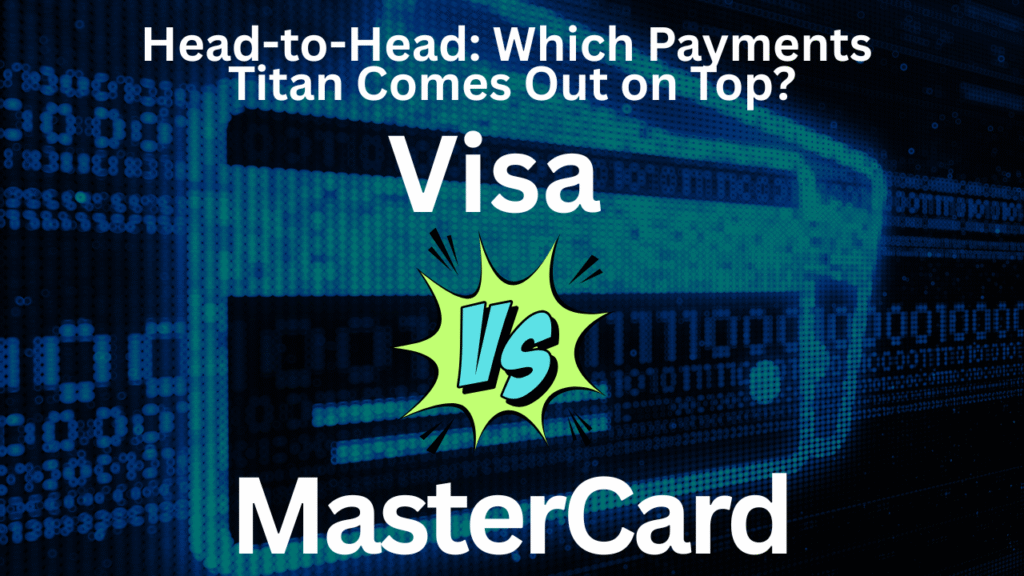When two of the world’s most dominant payment networks are also two of Warren Buffett’s top holdings — Visa Inc. (NYSE: V) and Mastercard Inc. (NYSE: MA) — investors take notice. As of May 2025, Buffett’s Berkshire Hathaway holds roughly $3 billion of Visa and $2.3 billion of Mastercard, signaling strong conviction in both. But if you had to choose just one, which comes out ahead?
Using Validea’s guru models and fundamental factor data, we compare these titans of fintech across valuation, quality, growth, and momentum. It’s a close competition — but a few key differences emerge.
Business Models: More Similar Than Different
Both Visa and Mastercard operate global payment networks that authorize, clear, and settle transactions for banks, merchants, and consumers. Their economic moats are enormous, built on scale, trust, and embedded technology. Neither lends money or takes credit risk — they’re the rails, not the trains.
However, Mastercard has been more aggressive in expanding into account-based payments (ACH) and open banking, while Visa leads in total volume and card issuance globally. Both are innovating at the edge of finance, from tokenization to crypto settlement integrations.
Guru Strategy Comparison
Validea’s composite ratings give each stock a “C,” suggesting both have attractive traits but also notable drawbacks. Still, some models favor one over the other:
Strategy
Visa Score
Mastercard Score
Leading Stock
Warren Buffett (“Patient Investor”)
70%
86%
Mastercard
Twin Momentum (Dashan Huang)
94%
33%
Visa
Growth (Martin Zweig)
69%
62%
Visa
Multi-Factor (Pim van Vliet)
68%
87%
Mastercard
Momentum (Validea)
71%
64%
Visa
P/B Growth (Mohanram)
55%
66%
Mastercard
Takeaway: Visa scores highly in momentum/growth models, while Mastercard shows stronger appeal in multi-factor and Buffett-style strategies, highlighting its exceptional profitability and lower volatility profile.
Key Fundamental Metrics (as of May 2025)
Metric
Visa
Mastercard
Price/Earnings
35.8x
40.4x
Return on Equity (ROE)
51.7%
188.9%
Return on Assets (ROA)
21.5%
28.9%
Net Margin
52.9%
45.2%
Long-Term EPS Growth
19.6%
18.8%
Institutional Ownership
90.9%
90.1%
Beta
0.93
1.05
Dividend Yield
0.62%
0.49%
Takeaway: Visa has a slight edge in margin and growth, while Mastercard’s returns on equity and assets are off the charts — benefiting from its leaner capital base.
Final Verdict: It’s a Matter of Style
Visa and Mastercard are world-class businesses with unrivaled competitive advantages. They dominate the global payments landscape, operate asset-light models with exceptional margins, and benefit from powerful network effects. It’s no surprise Warren Buffett owns both –he’s betting on a secular trend, not picking a horse.
If you favor momentum and consistency than Visa may be a superior choice for you. Validea’s models show strong performance in Twin Momentum and Growth strategies, and its valuation is a bit more grounded. Visa also edges ahead in profit margin and long-term EPS growth, with lower volatility—making it a steadier pick for those who value predictability and resilience.
If you value quality and upside potential than MasterCard might be a better option. The Buffett-style model gives Mastercard a much higher expected return, driven by its astonishing return on equity and efficient capital use. It also ranks higher on multi-factor models, reflecting both low volatility and shareholder-friendly practices like buybacks.
And if you can’t choose, holding both — as Buffett does — may be the smartest play for long-term investors.
Interested in running these models yourself? Visit Validea.com and explore how the greatest investors of all time might evaluate your favorite stocks.

